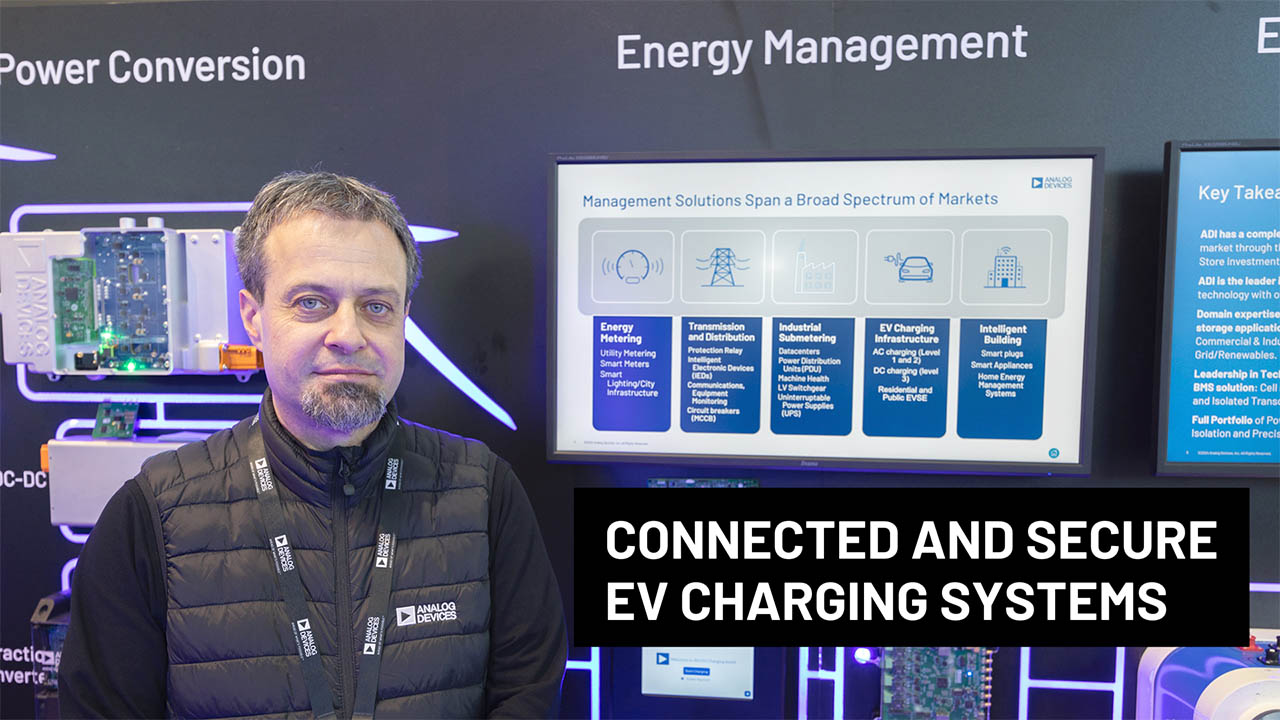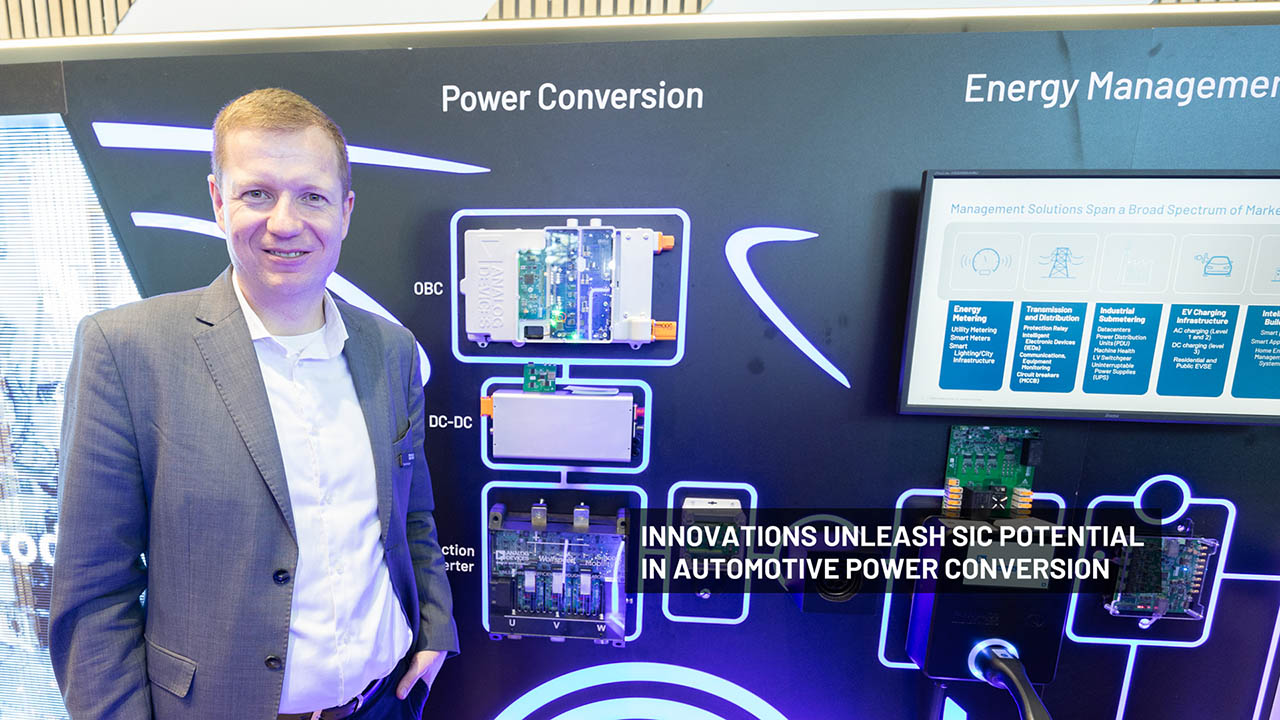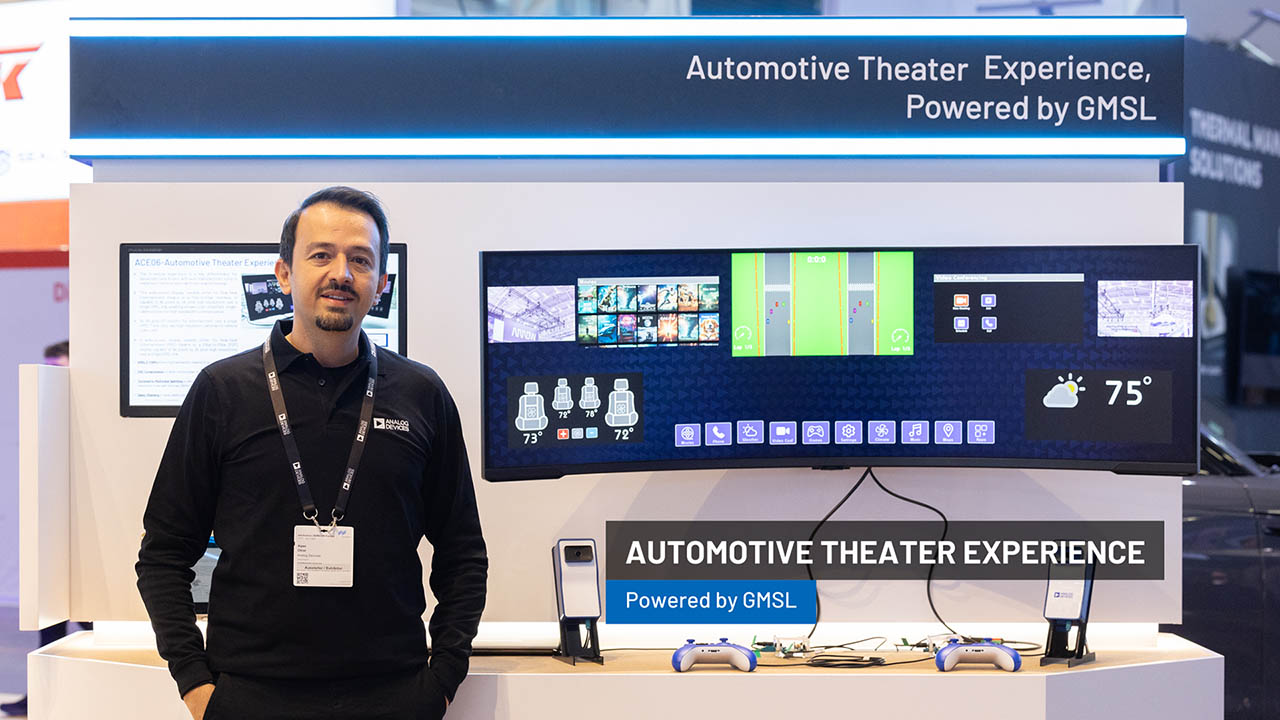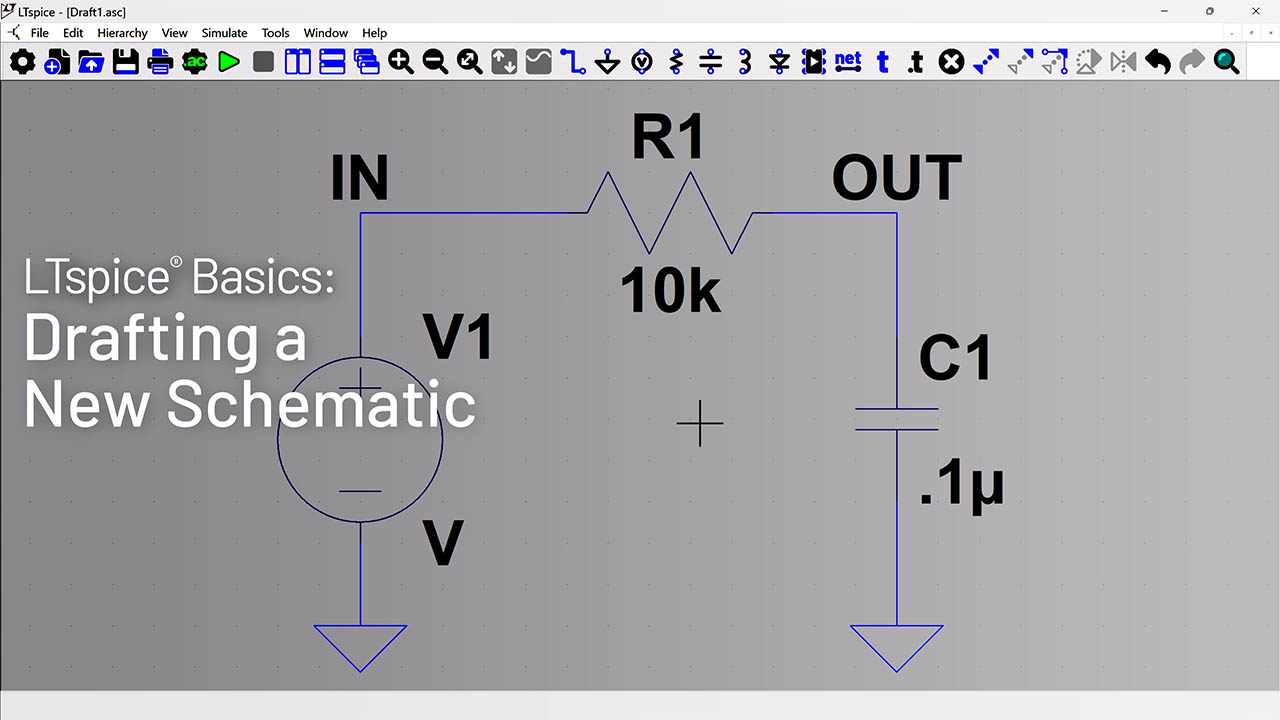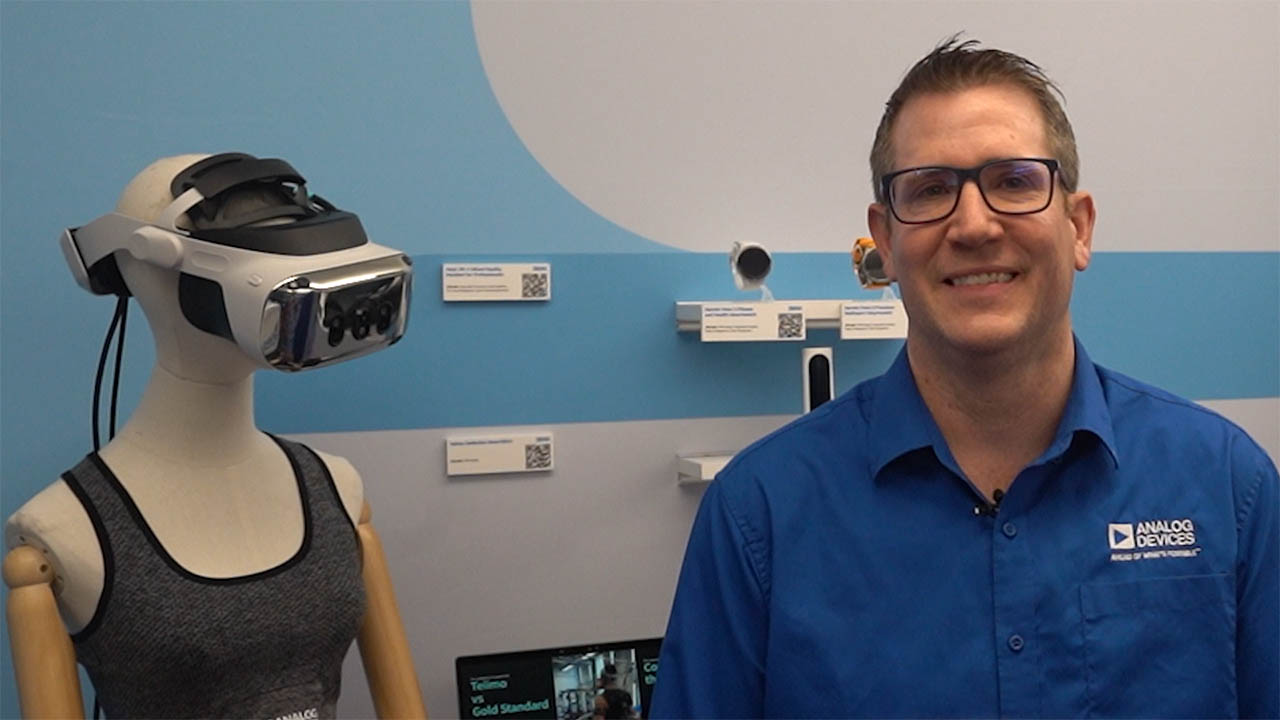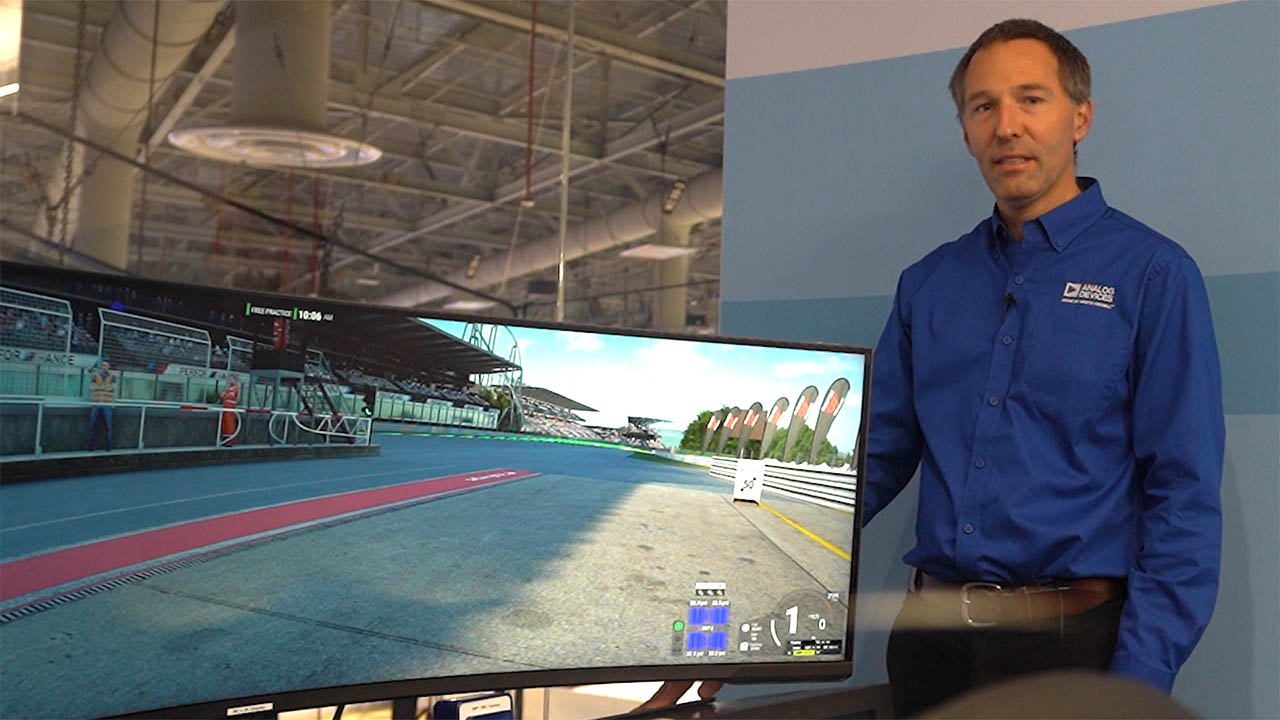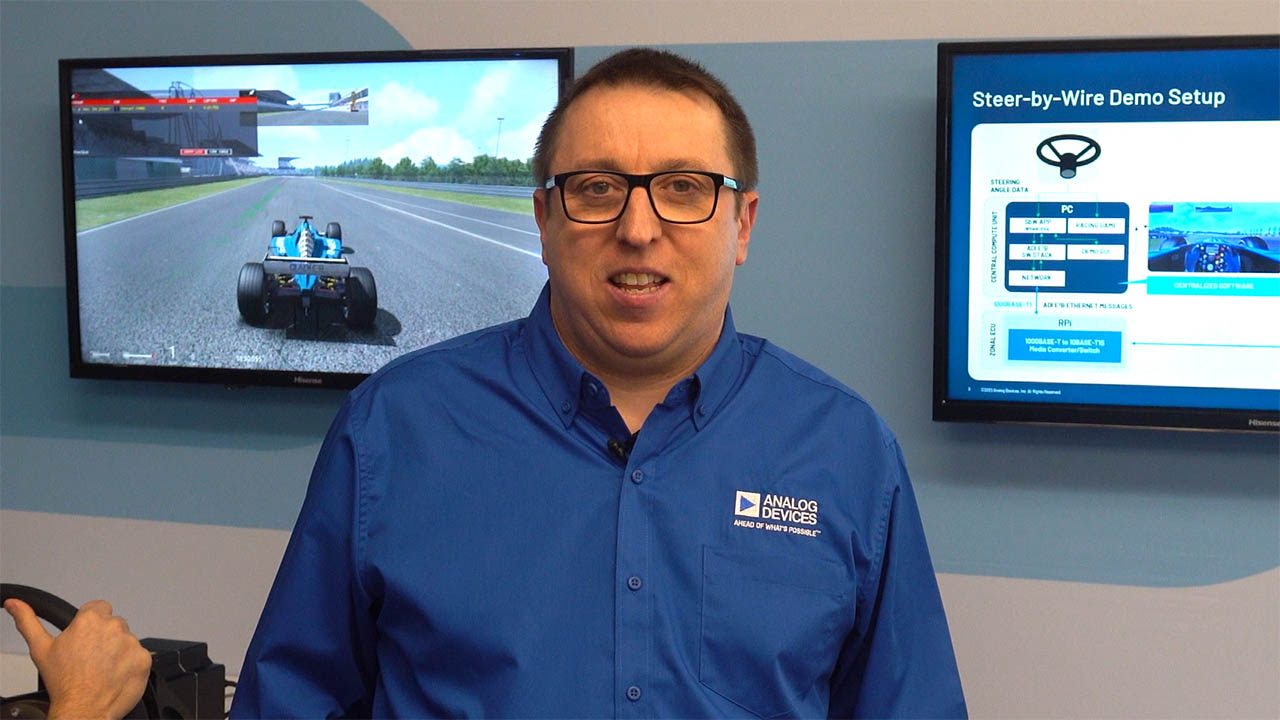Active Cell Balancer Extends Run Time and Lifetime of Large Series-Connected Battery Stacks
Active Cell Balancer Extends Run Time and Lifetime of Large Series-Connected Battery Stacks
by
Jim Drew
2013-08-02
Large stacks of series-connected battery cells are increasingly used to power electric vehicles or bank energy in wind and solar power systems. It is not uncommon to have 100 cells connected in series in an electric vehicle, and more than that in energy storage units for an alternative energy systems. Typically, the stack is treated by the charge-discharge system as a single battery—cells are charged and discharged as a series stack and the state of charge (SOC) of each cell depends on its ability to store and maintain charge. Treating the cell stack as a single battery composed of capacity-matched cells can work well in the short term, but becomes increasingly inefficient in the long run.

The LTC3300 balances the states of charge of individual cells in large battery stacks, increasing capacity, extending run time and prolonging lifetime of the stack
When a battery stack is first constructed, the capacities of its component cells can be well matched, but over time, individual cells lose capacity at different rates due to temperature variations and other factors. In a straightforward stack charge-discharge implementation, the cell with the least capacity—the weakest cell—effectively limits the run time of the stack. When the stack is charged, the weakest cell reaches its full charge voltage before stronger cells, so stronger cells are not charged to capacity. Likewise, when the stack is discharged, the weakest cell reaches its cutoff voltage sooner, limiting run time.
The capacity of the stack and its run time can be improved by balancing the state of charge between cells within the stack. Figure 1 shows a simplified schematic of a 12-cell balancer using two LTC3300-1 cell balancing controllers.

Figure 1. Simplified schematic of how the LTC3300 actively balances individual cells in a 12-cell battery stack
For a full discussion of the LTC3300-1 and how it dramatically improves the capacity, run time and lifetime of battery stacks, read the full article from the January 2013 issue of LT Journal.
关于作者
Jim Drew于2007年加入ADI公司,担任本公司在波士顿马萨诸塞州设计中心的高级应用工程师。他负责特定应用电源IC的应用支持工作。感兴趣的领域包括用于太阳能、能量采集、超级电容充电器和主动电池平衡的电源调节应用。Jim曾担任EMC、Hewlett Packard、Compaq和Digital Equipment Corporation的咨询工程师,负责电源系统开发工作。2017年退休后,他还担任马萨诸塞大学洛厄尔分校的电子工程兼职教授...
关联至此文章
产品
{{modalTitle}}
{{modalDescription}}
{{dropdownTitle}}
- {{defaultSelectedText}} {{#each projectNames}}
- {{name}} {{/each}} {{#if newProjectText}}
-
{{newProjectText}}
{{/if}}
{{newProjectTitle}}
{{projectNameErrorText}}





